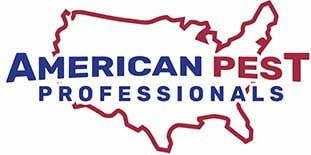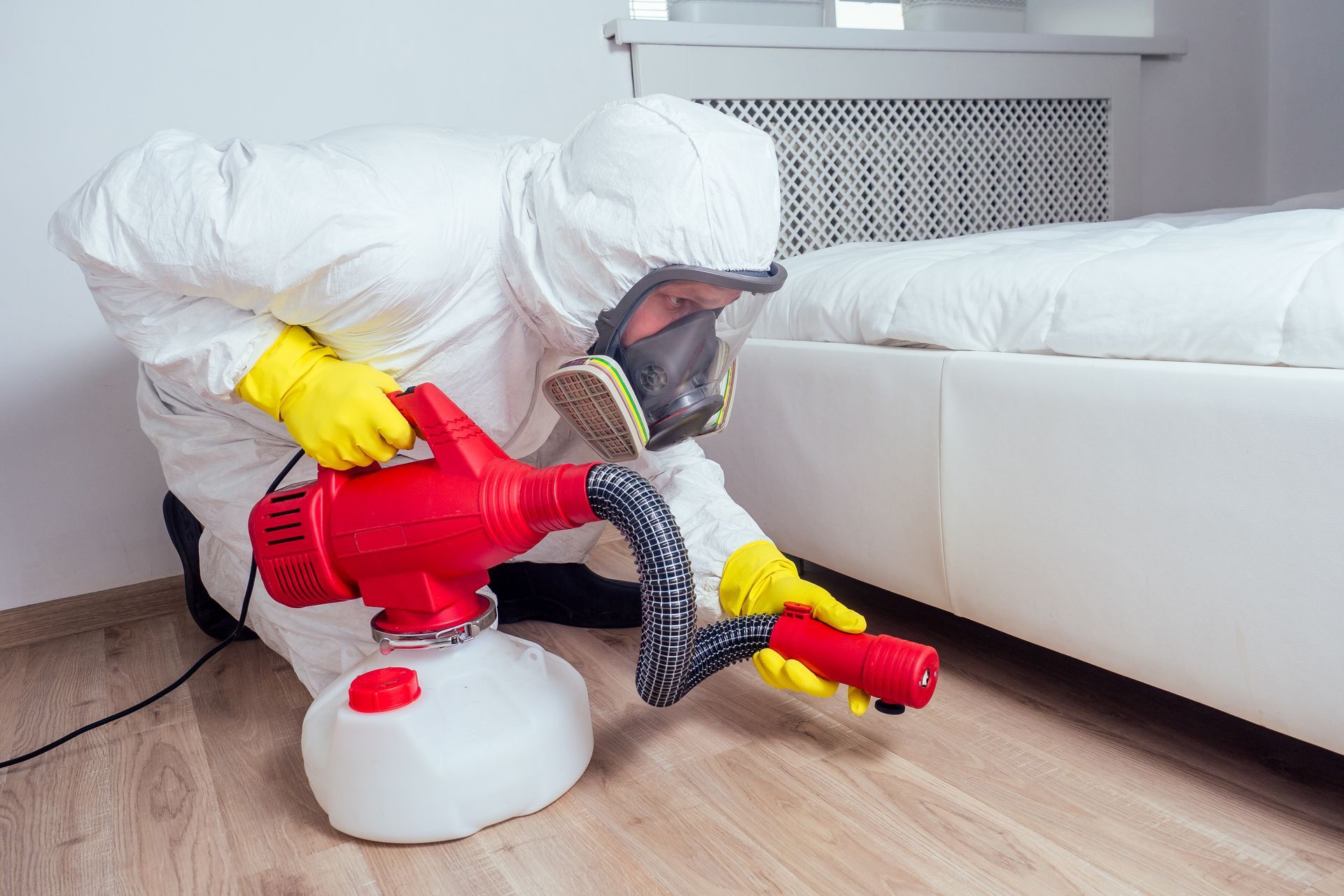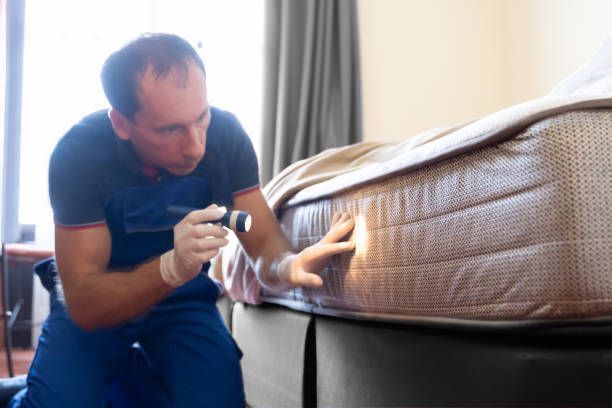6 Steps to Practicing Integrated Pest Management in Schools
Whether they’re in class or participating in extracurricular activities, kids spend the majority of their waking hours at school. It is imperative to practice integrated pest management in schools to decrease the likelihood of children coming into contact with pests, pathogens, and pesticides. Such contact could result in negative health effects such as asthma, illness from undue pesticide exposure, or diseases associated with biting insects or rodent feces and urine.
What is Integrated Pest Management?
The basics of integrated pest management (IPM) are consistent across all environments from home to school. Essentially, IPM combines scientific principles and common sense to think about pest management in a way that values:
- Using knowledge about the pest’s habits, life cycle, needs and dislikes
- Using the least toxic methods first, up to and including pesticides
- Monitoring the pest’s activity and adjusting methods over time
- Tolerating harmless pests
- Setting a threshold to decide when it’s time to act
Children take in greater amounts of pesticides (relative to their body weight) than adults, making integrated pest management in schools critical. Their developing organ systems are often more sensitive to toxic exposures than adults, resulting in adverse effects to a child’s neurological, respiratory, immune, and endocrine systems, even at low exposure levels.
How to Implement Integrated Pest Management in Schools
Not only can IPM be more effective than routine pesticide treatments, but it can also reduce children’s exposure to pesticides and even cost less over the long term.
You can establish a
pesticide safety and IPM program in your school in six simple steps:
1. Develop an Official Pesticide Safety and IPM Statement and Plan
Pest prevention efforts are at the heart of any integrated pest management program. The best way to combat pests is to create an uninviting environment by denying them access to food, water, and shelter.
Your school’s official IPM policy statement and supporting plan should focus on making school facilities and grounds unattractive to pests through improved sanitation and pest exclusion. A copy of the IPM policy should be sent home to all students and parents at the start of the school year and include information about:
- Monitoring
- Inspections
- Pest thresholds
- Who can apply pesticides
- How pest problems should be reported
- Who should be educated about the program
- How parents/guardians and staff should be notified prior to a pesticide application
2. Designate Pest Management Roles for Everyone
From the janitorial staff to students and teachers in the classroom, everyone plays an active role in adopting integrated pest management in schools. Ensure effective communication among each group and educate each member on their role and how they contribute to program success. Follow the
EPA’s guidelines for Pest Control in the School Environment to outline the functions of each group.
3. Set Pest Management Objectives by Site and Activity
Different locations will require different approaches. The objectives for a cafeteria would include producing and serving healthy and nutritious foods that are free of pests, disease, and unnecessary pesticide residues, whereas the objectives for an athletic field would include maintaining a healthy turf that reduces the risk of sports injuries. Your plan should define the top pest risks by location and how each will be managed.
4. Inspect, Monitor and Identify
Regular monitoring of high-risk areas for pests goes a long way in preventing their return. Learn how to identify common pests and document any activity and contributing conditions. The most common and effective ways to deter identified pests are to close off points of entry, eliminate food sources and provide an inhospitable environment.
5. Implement Pest Prevention Strategies
Pest prevention should be considered in all daily activities and locations within the school including:
- Entryways
- Classrooms and offices
- Food preparation and serving areas
- Areas with plumbing
- Maintenance areas
- Trash and recycling areas
- Playgrounds
- Parking lots
- Athletic fields
- Common areas
Consider what may attract pests to each area and how they would get in. For instance, you may consider allowing food and beverages only in designated areas of the classroom and ensuring immediate cleanup. In the kitchen, food should be stored in tightly sealed containers and rigid sanitation practices should be followed.
6. Evaluate Results and Keep Records
Pest sightings, accompanying conditions and elimination actions taken should be documented regularly. Evaluate results, activities, and processes to determine if pest management objectives are being met and make adjustments as necessary.
Developing an integrated pest management program for your school will significantly reduce the health risks pesticides and other pests pose to children. Reducing unnecessary exposures to pests and pesticides improves health and attendance, leads to greater academic achievement, and ultimately fosters an enjoyable environment for kids at school.
Ready to implement IPM practices in your school?
Give us a call to discuss how we can help with inspections, prevention best practices, and safe removal.












